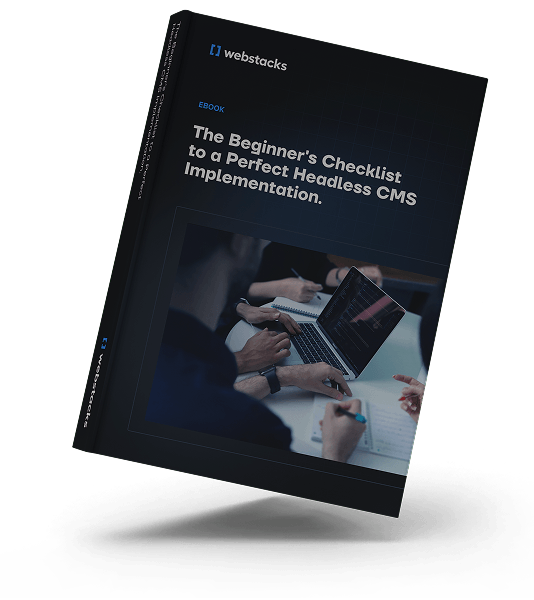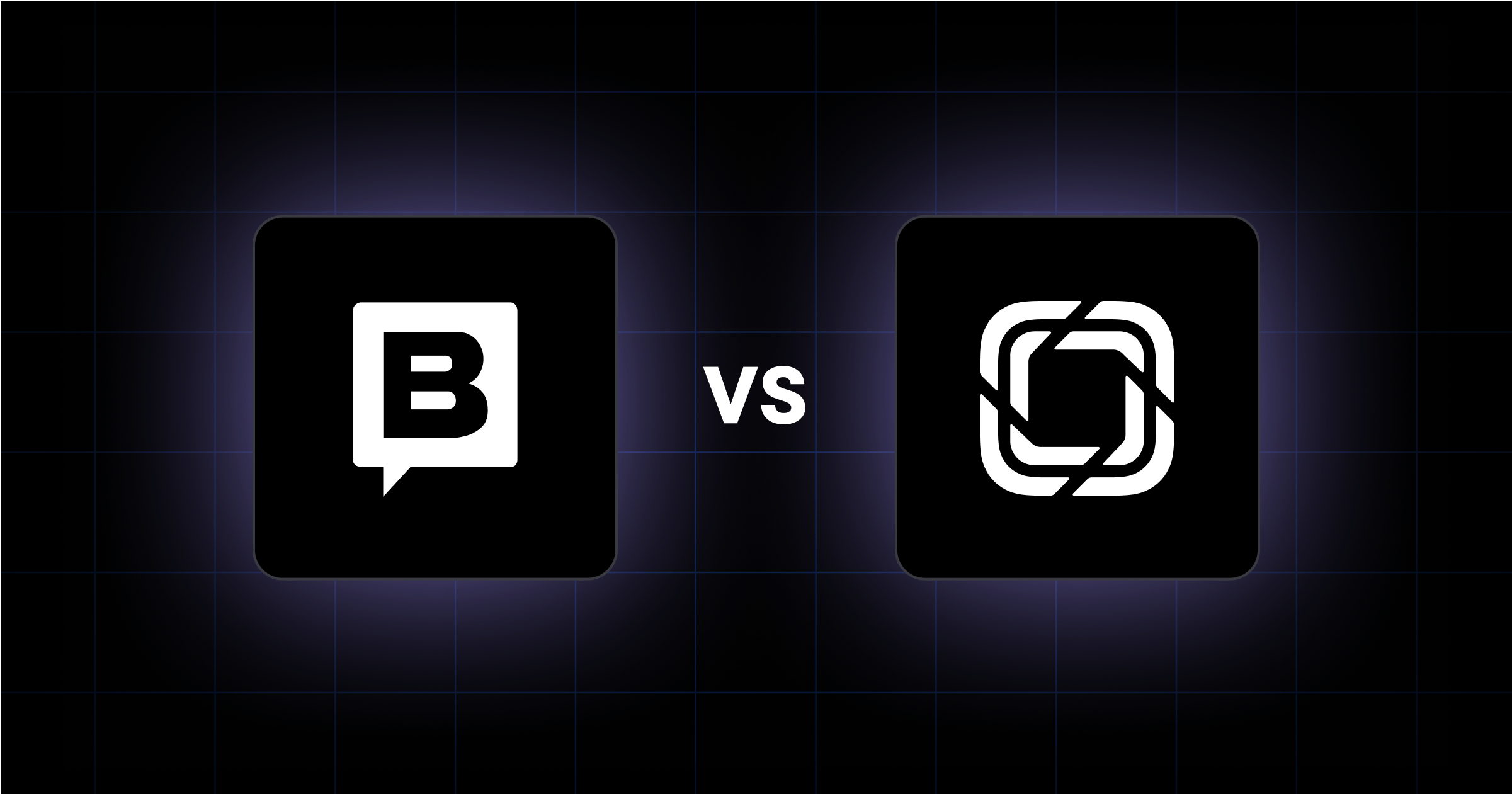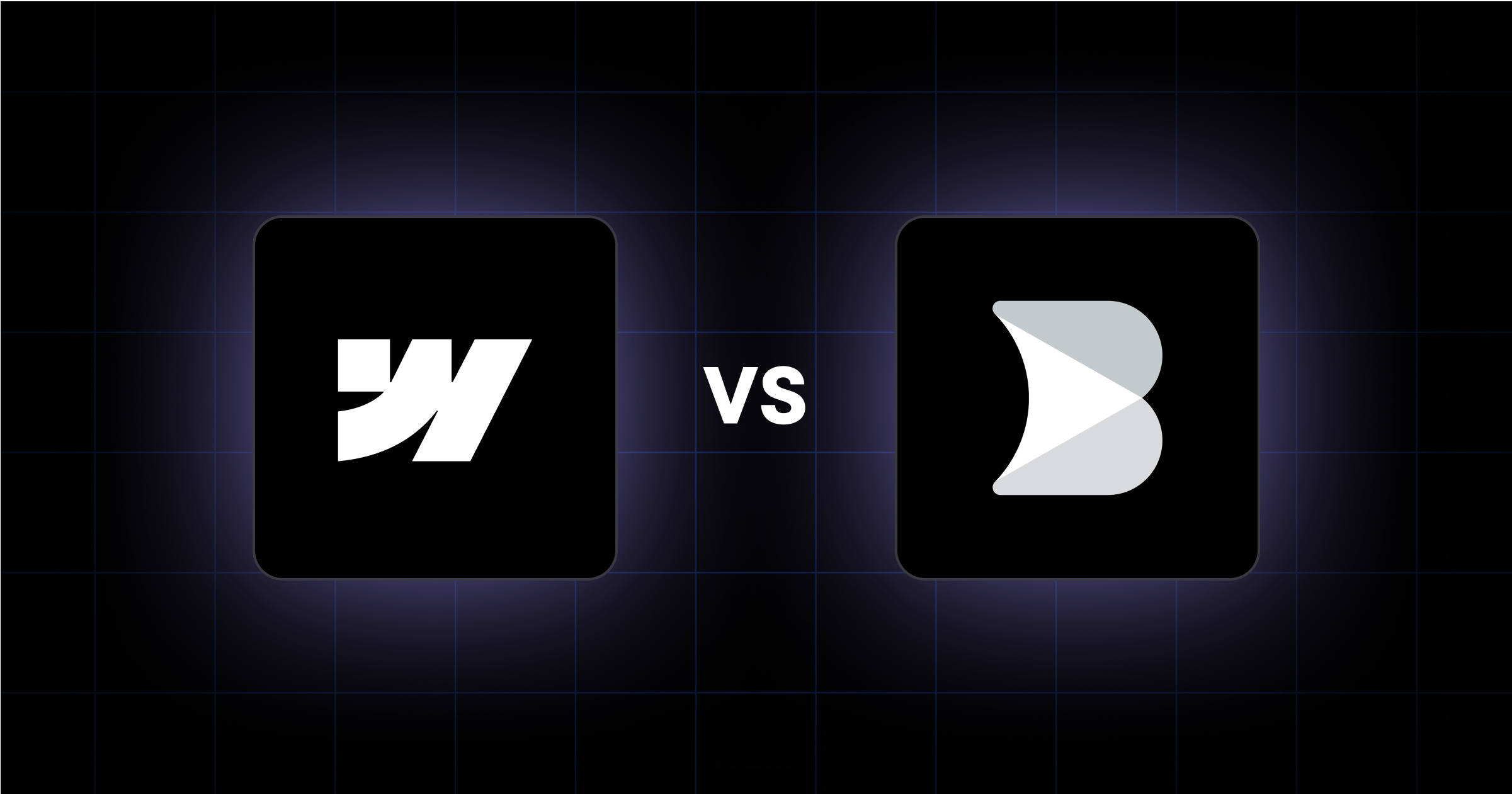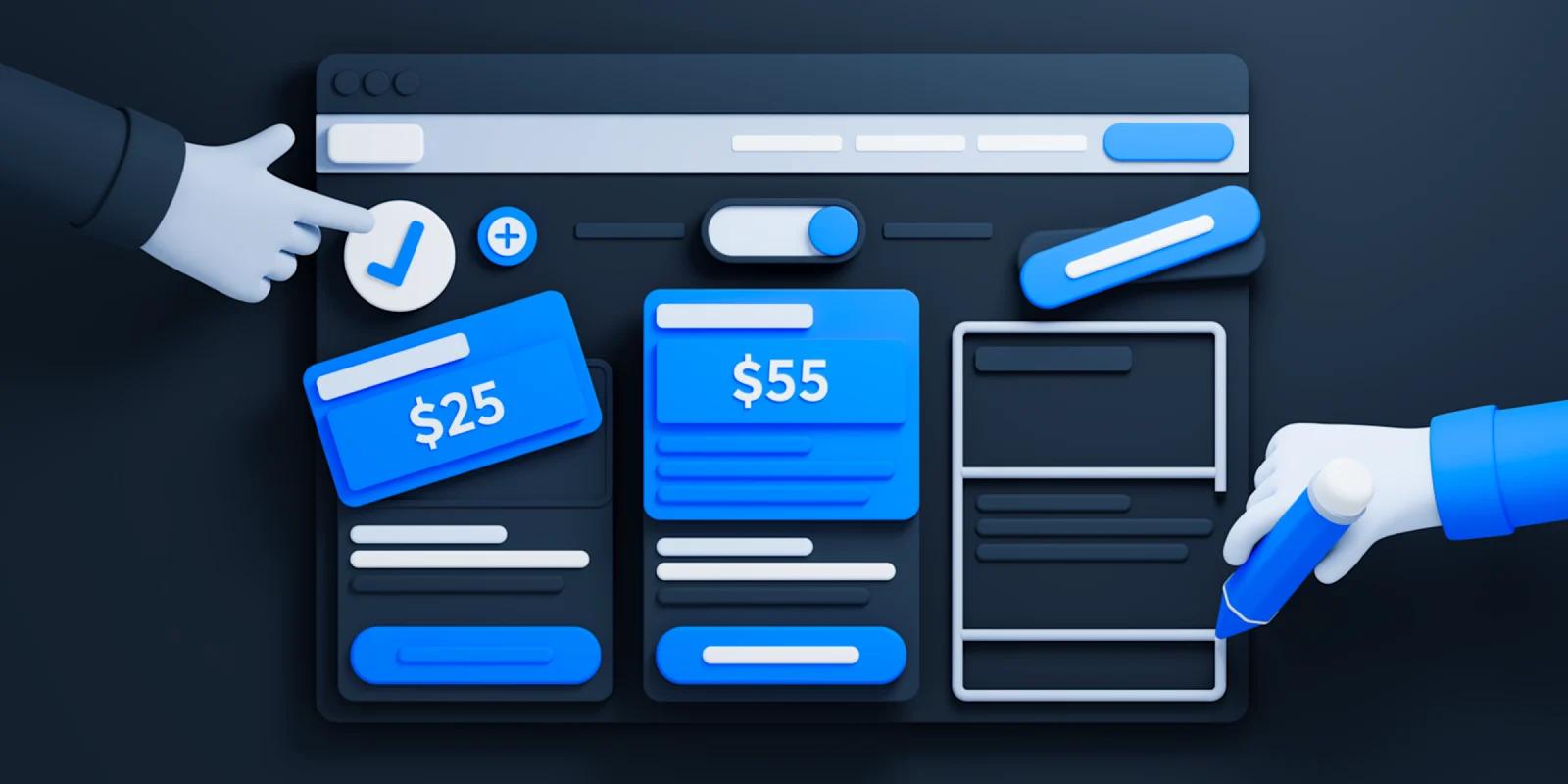WordPress has been a go-to CMS for years, but as businesses scale and their digital needs grow more complex, its limitations become clear. The traditional WordPress setup ties the front-end and back-end together, which restricts flexibility, performance, and omnichannel content delivery.
A headless CMS changes that by separating content management from presentation. This gives developers the freedom to build fast, modern web experiences using any front-end technology while centralizing content for reuse across multiple platforms. For B2B companies looking to improve site performance, going headless is a smart move.
This guide walks you through the benefits of a headless CMS and the key steps for migrating away from WordPress.
In brief:

Why Migrate WordPress to Headless CMS?
If you're thinking about switching from WordPress to a headless CMS, you're probably looking for more flexibility, better performance, or a way to manage content across multiple platforms. Understanding what a headless CMS offers (and why so many businesses are making the switch) can help you decide if it’s the right move for you.
Performance and Speed
A key reason businesses move to a headless CMS is improved website performance. Traditional WordPress setups can struggle with slow load times, but decoupling the front-end from the back-end speeds things up significantly.
With a headless CMS, frameworks like Next.js pre-render pages for faster delivery, reducing the strain on servers. Developers also gain more control over performance optimizations like code-splitting, lazy loading, and asynchronous content loading.
Omnichannel Content Delivery
Managing content across multiple platforms is challenging with WordPress. A headless CMS simplifies this by using APIs to distribute content, so updates sync automatically across websites, mobile apps, smart devices, and even voice assistants like Alexa and Google Assistant.
For businesses expanding their digital footprint, this means less manual effort, greater consistency, and a more cohesive user experience.
Enhanced Security
Headless architecture provides a security advantage by separating content management from the front-end. Since the CMS is only accessible through secure API endpoints, the risk of direct attacks is significantly reduced. Even if the front-end is compromised, the core content remains protected.
Improved Scalability
As traffic grows, a headless CMS makes it easier to scale. By focusing on content management rather than direct page delivery, it can handle more requests without performance slowdowns. Horizontal scaling (adding servers or distributing the load) becomes much simpler, making it ideal for businesses expecting rapid growth.
Greater Developer Flexibility
A headless CMS gives developers the freedom to build with the best tools for the job. Unlike WordPress, which locks you into PHP and a specific theme structure, headless architecture lets teams use modern frameworks like React, Vue.js, or whatever fits their needs best.
This flexibility means your site can evolve with technology trends.
Step-by-Step Guide to Migrating WordPress to a Headless CMS
As you plan your website migration project, take note of the following steps:
Export and Analyze Your Content
Start by auditing your existing WordPress content. Identify everything you’ll need to migrate, such as posts, pages, custom post types, media, and metadata. Take note of any relationships between content types, such as parent-child pages, taxonomies, and author associations.
Export your content using:
After exporting, check for:
Use this opportunity to clean up outdated content before moving it to your new system.
Transform Content for a Headless CMS
Traditional WordPress content is tightly linked to themes and plugins, making it difficult to reuse across platforms. A headless CMS requires structured content, or breaking content into components like title, body, images, and metadata for more flexibility.
Define content models in your new CMS that mirror your WordPress setup, including:
If your WordPress content depends heavily on shortcodes, custom fields, or plugins, determine how these elements will function in your headless CMS.

Set Up the Frontend
With a headless CMS, your frontend is independent of the backend. Choose a JavaScript framework that suits your business needs:
After selecting a framework, set up routing and create components for displaying content. Use:
Then, connect your frontend to your CMS via API calls to dynamically fetch and display content.
Add Advanced Features
Once your basic site is running, integrate additional features to improve performance and user experience:
Consider using a Static Site Generator (SSG) to pre-render pages for even faster load times.
Test and Optimize Before Launch
Thorough testing prevents issues post-migration. Check for:
Deploy and Monitor Your Site
Once everything is tested, deploy your site using a CI/CD pipeline for continuous integration and automated updates. Platforms like AWS, Vercel, or Netlify can handle deployments.
Security measures to implement include:
Post-launch, monitor performance using analytics, uptime monitoring, and regular security audits to keep your site running smoothly.
Migrate Your Website With Expert Help
Migrating from WordPress to a headless CMS gives your business more flexibility and the ability to scale without limitations.
After migration, track key performance indicators like user engagement, retention, traffic patterns, and keyword rankings. Expect some fluctuations early on, and give it at least 30 days before making adjustments.
If you’re ready to build a more flexible, high-performance digital experience, Webstacks can help. Our team specializes in headless CMS implementations that scale with your business. Talk to our team today.




